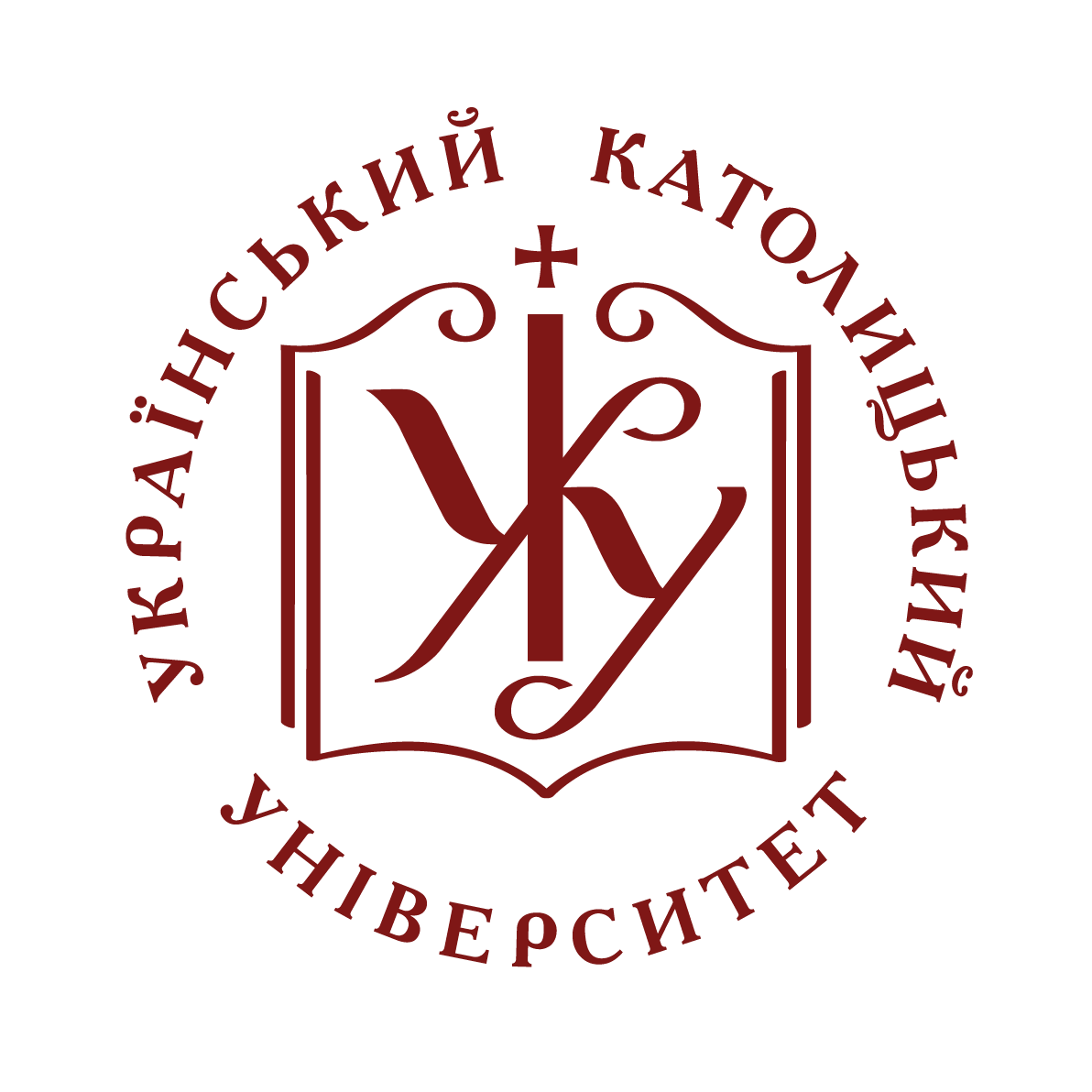- Домівка
- →
- Faculty of Humanities | Гуманітарний факультет
- →
- Кафедра культурології
- →
- Статті
- →
- Перегляд матеріалів
Сценарії JavaScript вимкнено для Вашого браузера. Деякі функції цього сайту не будуть працювати без них.
Показати скорочений опис матеріалу
| dc.contributor.author | Рутар, Христина
|
|
| dc.date.accessioned | 2020-10-05T18:01:46Z | |
| dc.date.available | 2020-10-05T18:01:46Z | |
| dc.date.issued | 2017 | |
| dc.identifier.citation | Rutar Khrystyna. Places of memory in the novel “Museum of abandoned secrets” by Oksana Zabuzhko / Khrystyna Rutar // Spheres of Culture. – 2017. – №16. – p. 345–354. | uk |
| dc.identifier.issn | 2300-1062 | |
| dc.identifier.uri | http://er.ucu.edu.ua/handle/1/2361 | |
| dc.language.iso | uk | uk |
| dc.publisher | Spheres of Culture. Journal of Philology, History, Social and Media Communication, Political Science, and Cultural Studies | uk |
| dc.rights | CC0 1.0 Universal | * |
| dc.rights.uri | http://creativecommons.org/publicdomain/zero/1.0/ | * |
| dc.subject | novel | uk |
| dc.subject | collective memory | uk |
| dc.subject | Zabuzhko | uk |
| dc.title | Places of memory in the novel Museum of Abandoned Secrets by Oksana Zabuzhko | uk |
| dc.title.alternative | Місця пам’яти у романі Оксани Забужко Музей покинутих секретів | uk |
| dc.type | Article | uk |
| dc.status | Опублікований і розповсюджений раніше | uk |
| dc.description.abstracten | In the article, there is analyzed the conceptual content of the concept “place of memory” and its evolution. The novel Museum of Abandoned Secrets by Oksana Zabuzhko was interpreted on the base of the theoretical background of memory studies. There were outlined the main “place of memory” in the novel from the point of view of three-dimensional classification: material, functional and symbolic (such as Prison at Łąckiego in Lviv, memorial, embroidered shirt, metropolitan archbishop Andrey Sheptytskyi, Holodomor (famine)). There were considered factors of restoration, transformation and verbalization of collective memory. There was analyzed traumatized memory and ways of talking about the 20th century cultural traumas in the 21st century novel, traumas that for more than a half of century were surrounded by curtain of fear, censorship and inability to speak openly about it. Great attention is paid to the problem of including memory space in contemporary text. The author concludes that the novel opens the opportunity to take a fresh look at the pages of the past, despite the prohibition and forgetting, and shows an attempt to identify oneself with its own community. | uk |
| dc.relation.source | Spheres of Culture | uk |
Долучені файли
Наступні файли містять ліцензії, пов’язані з цим матеріалом:
Даний матеріал зустрічається у наступних зібраннях
-
Статті [5]
Articles



